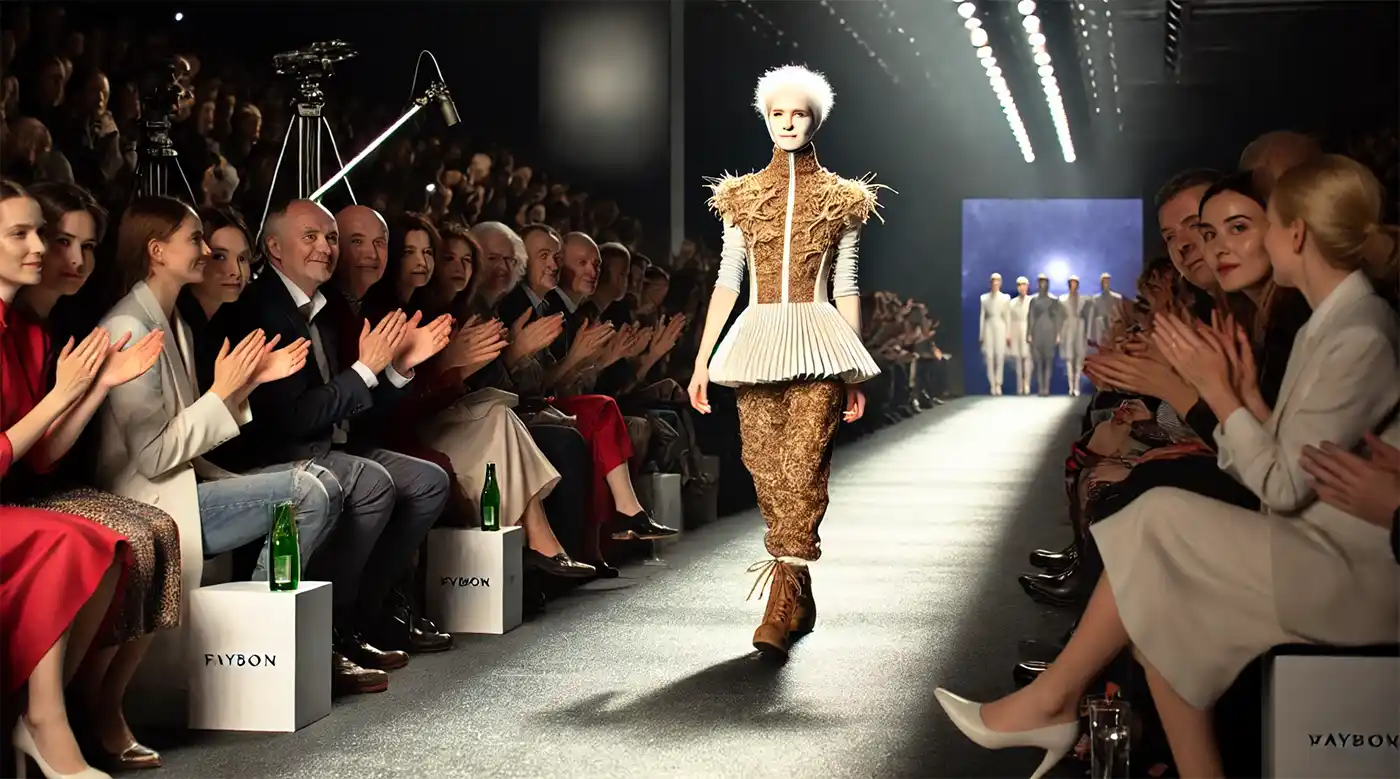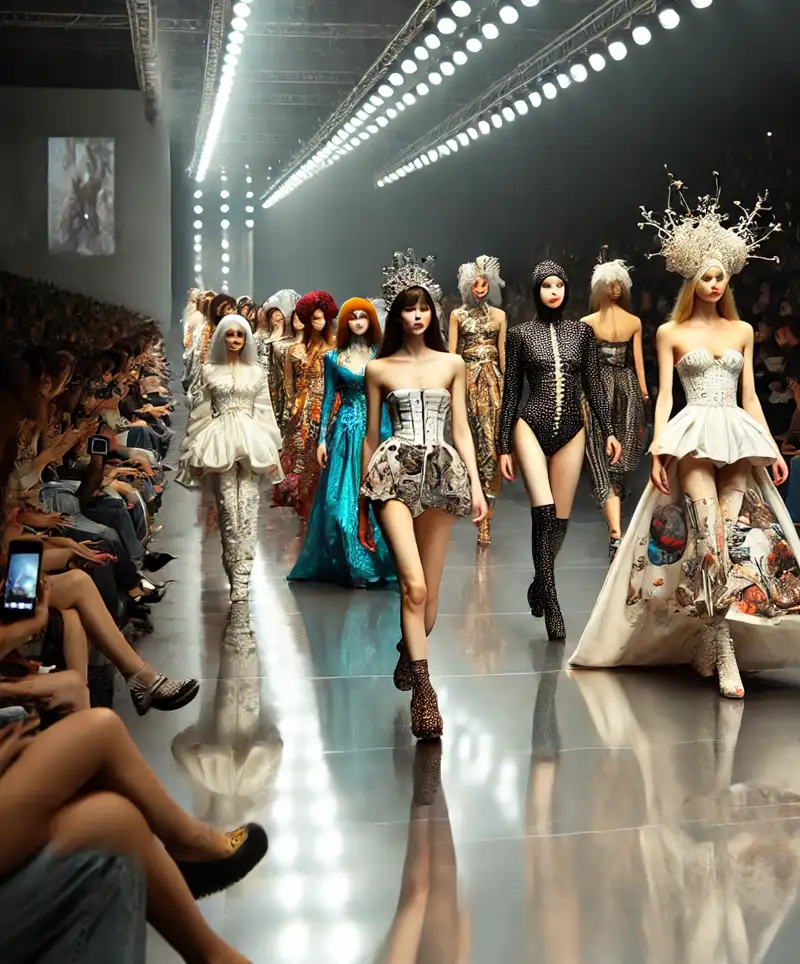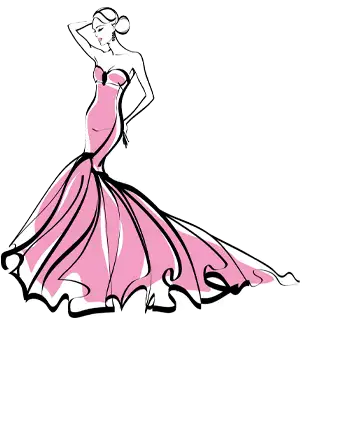A Celebration of Style and Flair
Every year, Fashion Day struts down the runway on July 9th, inviting fashionistas, trendsetters, and even the occasional fashion disaster to celebrate the vibrant world of style. This day is all about embracing the creativity, innovation, and boldness that define the fashion industry. So, grab your fanciest hat, dust off those vintage shoes, and let's dive into the glitzy world of Fashion Day!
The Origins of Fashion Day
Fashion Day doesn't have a centuries-old origin story involving ancient rituals or royal decrees. Instead, it sprang to life thanks to the relentless passion of fashion enthusiasts who recognized the impact of fashion on our daily lives. Whether you're donning a bespoke suit, a little black dress, or a pair of comfy jeans, fashion is all around us, shaping how we present ourselves to the world.
Fashion is a dynamic art form that continuously evolves, reflecting the cultural, social, and technological shifts of each era. It's a visual history book, telling stories of changing times through fabric, design, and style. Let's take a stroll through the annals of fashion history and see how it has transformed over the centuries.
The Early Days: In ancient times, clothing was primarily functional, providing protection from the elements. However, even then, status and identity began to be expressed through attire. The Egyptians, for instance, used linen and adorned their clothes with intricate designs and jewels. The Greeks and Romans favored draped garments, like togas and chitons, which were not only practical but also showcased their sophisticated weaving techniques.
The Middle Ages: During the Middle Ages, fashion became a marker of social status. Nobility and royalty adorned themselves in rich fabrics like silk, velvet, and brocade, often imported at great expense. The layered look was in vogue, with tunics, surcoats, and cloaks all playing a part in the ensemble. Sumptuary laws were even enacted to regulate who could wear what, ensuring that one's attire clearly indicated their place in the social hierarchy.
 The Renaissance: The Renaissance period brought a renewed interest in art, culture, and fashion. This era saw the introduction of elaborate clothing with intricate embroidery, lace, and ruffles. Men's fashion included doublets, hose, and capes, while women donned voluminous gowns with tight bodices and flowing skirts. The attention to detail and craftsmanship during this period set the stage for the opulent fashion trends that followed.
The Renaissance: The Renaissance period brought a renewed interest in art, culture, and fashion. This era saw the introduction of elaborate clothing with intricate embroidery, lace, and ruffles. Men's fashion included doublets, hose, and capes, while women donned voluminous gowns with tight bodices and flowing skirts. The attention to detail and craftsmanship during this period set the stage for the opulent fashion trends that followed.
The 18th Century: Fashion in the 18th century reached new heights of extravagance. The French court, particularly under Louis XIV and Marie Antoinette, became the epicenter of fashion. Men wore powdered wigs, breeches, and frock coats, while women sported elaborate gowns with wide panniers, lavishly adorned with ribbons, flowers, and lace. Hairstyles grew to extraordinary heights, often decorated with feathers, jewels, and even miniature ships!
The 19th Century: The 19th century brought significant changes to fashion, influenced by the Industrial Revolution and the Romantic movement. The advent of mass production made clothing more accessible, while Romanticism inspired softer, more flowing designs. The Victorian era saw women cinched into tight corsets and voluminous skirts, while men wore tailored suits and top hats. The latter part of the century introduced the bustle, adding dramatic volume to the back of women's dresses.
The Early 20th Century: The early 20th century witnessed radical changes in fashion, driven by social upheaval and technological advancements. The flapper style of the 1920s, with its short skirts, dropped waists, and bobbed hair, symbolized women's growing independence. Coco Chanel revolutionized women's fashion with her simple yet elegant designs, including the iconic little black dress. The 1940s and 1950s saw the emergence of glamorous Hollywood-inspired styles, with tailored suits for men and hourglass silhouettes for women.
The Swinging Sixties and Seventies: The 1960s and 1970s were decades of youthful rebellion and cultural change, reflected in the vibrant and diverse fashion trends. The mod look, with its miniskirts, bold patterns, and go-go boots, captured the spirit of the 60s. The 70s embraced a more relaxed, bohemian vibe, with bell-bottoms, tie-dye shirts, and flowing maxi dresses. The disco era added a touch of glitz and glamour with sequins, platform shoes, and flashy jumpsuits.
The 1980s and 1990s: The 1980s were all about boldness and excess, characterized by bright colors, oversized silhouettes, and power dressing. Shoulder pads, neon colors, and big hair were the order of the day. In contrast, the 1990s embraced minimalism and grunge. Slip dresses, flannel shirts, and combat boots became iconic, reflecting a more laid-back, anti-establishment attitude.
Today, fashion is more diverse and inclusive than ever. The rise of streetwear, athleisure, and gender-neutral clothing reflects a shift towards comfort and individuality. Sustainable fashion has gained momentum, with designers and consumers increasingly prioritizing eco-friendly practices and ethical production. Technology is also playing a significant role, with innovations like 3D printing and smart fabrics pushing the boundaries of what is possible in fashion.
Fashion has come a long way from its humble beginnings as mere protection against the elements. It has grown into a powerful form of self-expression and cultural commentary, constantly evolving to reflect the times. As we celebrate Fashion Day, let's appreciate the rich history and ever-changing nature of fashion, and look forward to the exciting trends and innovations that lie ahead.

Icons and Innovators
Fashion Day also honors the icons and innovators who have left an indelible mark on the industry. Think Coco Chanel, whose little black dress became a timeless staple, or Alexander McQueen, whose avant-garde designs pushed the boundaries of fashion. Let's not forget modern-day trendsetters like Rihanna, who effortlessly blends street style with haute couture, or Harry Styles, whose gender-fluid fashion choices challenge traditional norms.
No celebration of fashion would be complete without a nod to the unforgettable fashion faux pas that make us cringe and laugh in equal measure. Remember when Crocs became a thing? Or the infamous "double denim" look? And who could forget the times when wearing socks with sandals was (and still is, for some brave souls) a bold fashion statement? These moments remind us that fashion is all about experimentation, and sometimes, the results are delightfully disastrous.
How to Celebrate Fashion Day
- Strut Your Stuff: Whether you're walking down a city street or a suburban sidewalk, channel your inner supermodel and strut your stuff like you're on the runway.
- Dress to Impress: Dig out your most fashionable attire, or try a daring new look. Fashion Day is the perfect excuse to wear that outfit you've been saving for a special occasion.
- Fashion Show at Home: Host a mini fashion show in your living room. Get your friends or family involved, and have a blast showcasing your unique styles.
- DIY Fashion: Get crafty and create your own fashion pieces. Upcycle old clothes, bedazzle a denim jacket, or design a statement accessory.
- Support Local Designers: Check out local boutiques and support emerging designers. You might discover a new favorite brand or a one-of-a-kind piece.
As we look ahead, the future of fashion is bright and sustainable. The industry is increasingly focusing on eco-friendly practices, ethical production, and inclusivity. Brands are adopting sustainable materials, reducing waste, and ensuring fair labor practices. Fashion is not just about looking good; it's also about feeling good knowing that your choices contribute to a better world.
Fashion Day is a fabulous celebration of style, creativity, and self-expression. It's a day to embrace the bold, the beautiful, and even the bizarre. So, whether you're a fashion guru or someone who prefers comfort over couture, Fashion Day invites you to step into the spotlight and celebrate the diverse world of fashion. After all, as the iconic designer Yves Saint Laurent once said, "Fashions fade, style is eternal."
So, on this Fashion Day, let's raise a glass (or a pair of stilettos) to the vibrant, ever-evolving world of fashion. Cheers to the trends, the trailblazers, and the timeless styles that make life a little more glamorous!
Please Share our Content






 The Renaissance: The Renaissance period brought a renewed interest in art, culture, and fashion. This era saw the introduction of elaborate clothing with intricate embroidery, lace, and ruffles. Men's fashion included doublets, hose, and capes, while women donned voluminous gowns with tight bodices and flowing skirts. The attention to detail and craftsmanship during this period set the stage for the opulent fashion trends that followed.
The Renaissance: The Renaissance period brought a renewed interest in art, culture, and fashion. This era saw the introduction of elaborate clothing with intricate embroidery, lace, and ruffles. Men's fashion included doublets, hose, and capes, while women donned voluminous gowns with tight bodices and flowing skirts. The attention to detail and craftsmanship during this period set the stage for the opulent fashion trends that followed.









 "Sláinte!" is a traditional Irish expression used as a toast, equivalent to "Cheers!" in English.
"Sláinte!" is a traditional Irish expression used as a toast, equivalent to "Cheers!" in English.